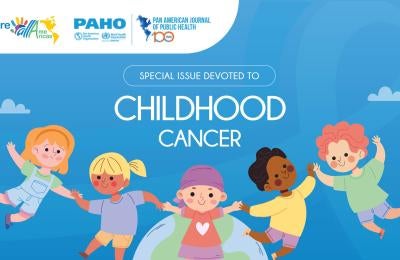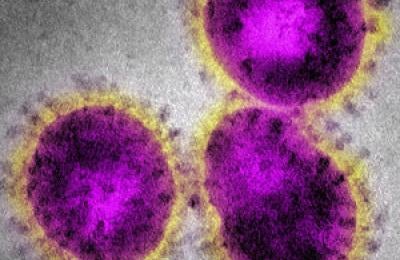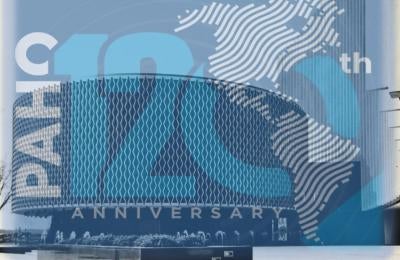Women’s health and empowerment: a case study of the More Doctors Program in municipalities with Cuban physicians
Objective.
To describe the representations of being a woman by users of the More Doctors Program (Programa Mais Médicos, PMM) in Brazil, exploring the perspectives of gender and race, and the changes produced by PMM in terms of empowerment and health care.














